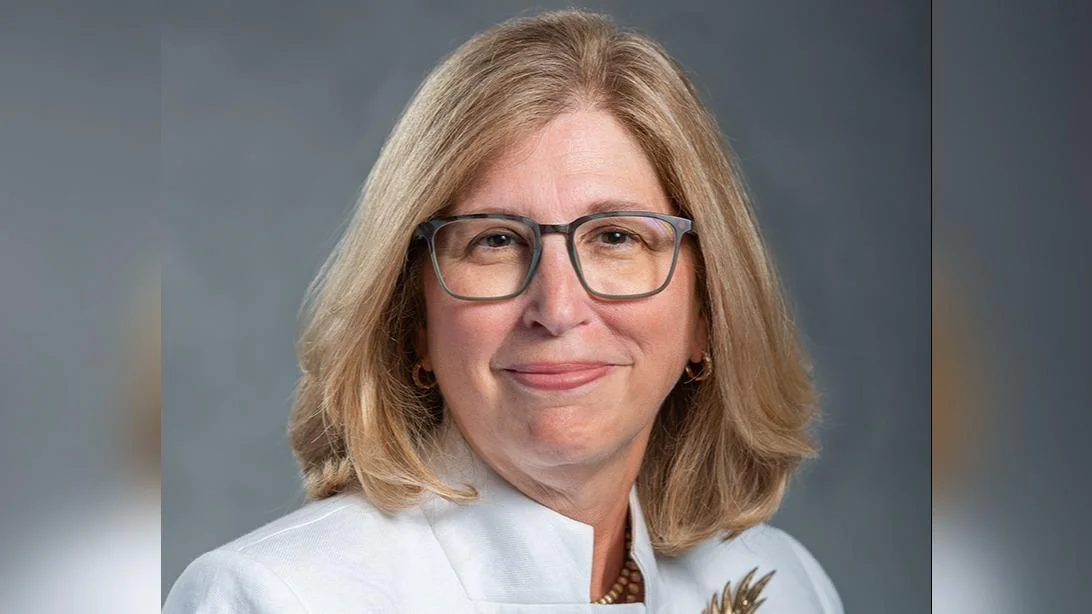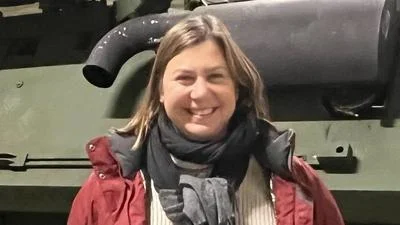Interim President Teresa K. Woodruff, Ph.D. | Michigan State University
Interim President Teresa K. Woodruff, Ph.D. | Michigan State University
It is an unpleasant fact that most people prefer to ignore: our mouths and noses are natural homes to infectious and antibiotic-resistant bacteria.
Gemma Reguera, a professor in the Department of Microbiology, Genetics, and Immunology at Michigan State University, stated that our nasal and oral environments are usually equipped to keep these germs in check. However, when microbes such as Staphylococcus aureus and its antibiotic-resistant variant MRSA move deeper into the airways or other body sites like the heart, they can cause serious infections.
Reguera and her colleagues have shown that our bodies can unwittingly create conditions that allow staph, including MRSA, to reach these danger zones. "You know the people who wave the sticks to direct planes at the airport? It’s like that," said Reguera. Her team published their research in the journal mBio.
The report also provides new insights and techniques that can help researchers prevent these natural inhabitants from spreading to harmful locations. "These are organisms that we harbor," Reguera said. "It’s like having neighbors you don’t like. We need to learn to live with them."
Understanding how these bacteria move into different parts of the body is complex but underscored by two simple facts: microbes move around and make people sick, yet they lack appendages like tail-like flagella that help other types of bacteria get around.
Confronting these conflicting facts is new for Reguera’s group. Known for their work with soil bacteria capable of sopping up radioactive elements, they have now brought a unique ecological perspective to studying staphylococci — bacteria inhabiting our noses, mouths, and middle ear — with support from the Office of Naval Research.
"What’s fascinating to me about the perioral environment is how environmentally diverse it is and how much its chemistry can change within such a small space," Reguera said. Kristin Jacob, a doctoral student, and Santiago Hernandez-Villamizar from the University of Los Andes in Colombia helped forge this new research path.
The team discovered that certain proteins called mucins made by mucous membranes acted as lubricants for colonies of staphylococcus bacteria. These mucins facilitated microbial spread but did not fully explain their mobility in worst-case scenarios.
"We found that colonies can passively expand when there’s enough lubrication," Reguera said. "But you need more than something passive to enable an infection." By culturing different strains of various species of staphylococcus isolated from healthy human volunteers, they identified which could actively spread in simulated biological environments.
In optimal conditions, Staphylococcus aureus and Staphylococcus epidermidis were found to be particularly adept at spreading. When colonies grew large enough, microbes on the crowded periphery signaled each other to produce lubricants and disperse quickly.
To further investigate, the group collaborated with Neal Hammer, an associate professor at MSU specializing in staphylococci. They worked with MRSA strains with deactivated crowd-sensing systems and identified peptides aiding bacterial movement.
The combination of mucins and secreted peptides facilitated bacterial spread significantly. "We basically have chemicals in our mucus surfaces that are like rolled out red carpet for these bacteria toward our most vulnerable sites," Reguera said.
While this discovery raises many questions needing answers before new therapeutic ideas can be developed, it also offers new tests and techniques for researchers. "The clinical and therapeutic aspects of this work will really drive how we look at this phenomenon going forward," Reguera noted.
Reguera expressed personal and professional satisfaction with her lab's growth into a new research area. She credited her success to industrious graduate students and collaborative efforts with co-investigator Neal Hammer. "Never in my whole life did I think I’d work with staphylococci," she said. "I’m very proud of my students and grateful to my colleague Neal Hammer for his expert insights."
###




 Alerts Sign-up
Alerts Sign-up